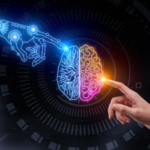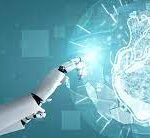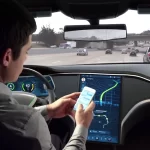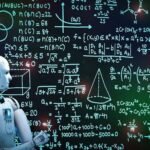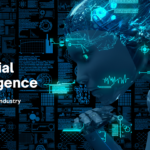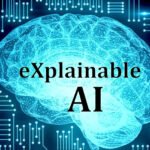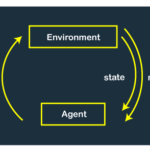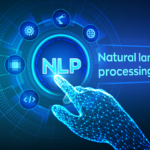AI and Social Media: AI algorithms for content recommendation, sentiment analysis, and social network analysis.
Content Recommendation: Social media platforms employ AI algorithms to recommend personalized content to users. These algorithms analyze user behavior, preferences, and interactions to suggest relevant posts, articles, videos, and advertisements. AI-based recommendation systems aim to enhance user engagement, increase time spent on platforms, and optimize content delivery. Sentiment Analysis: AI techniques are utilized to analyze the sentiment and emotions expressed in social media posts, comments, and messages. Sentiment analysis algorithms can determine whether a user’s sentiment is positive, negative, or neutral, providing insights into public opinions, brand perception, and user feedback. This information helps social media platforms and businesses understand user sentiment and tailor their strategies accordingly.
Social Network Analysis: AI algorithms enable social network analysis, which involves analyzing relationships and connections among users in a social media network. These algorithms can identify influencers, detect communities or clusters of users, and uncover patterns of information diffusion. Social network analysis helps in understanding user behavior, identifying trends, and improving targeted advertising and content distribution. Content Moderation: AI plays a crucial role in content moderation on social media platforms. AI-powered algorithms can automatically detect and filter out inappropriate or harmful content, such as hate speech, spam, and offensive images. Content moderation algorithms aim to maintain a safe and positive environment for users while ensuring freedom of expression.
Fake News Detection: AI algorithms can assist in identifying and combating the spread of fake news and misinformation on social media. By analyzing content, sources, and user engagement patterns, AI can flag potentially misleading or fabricated information. This helps platforms take necessary actions to limit the dissemination of false information and promote reliable and trustworthy content. Image and Video Recognition: AI-powered image and video recognition technologies enable social media platforms to automatically tag, categorize, and analyze visual content. AI algorithms can recognize objects, scenes, faces, and activities depicted in images and videos, facilitating content search, organization, and moderation.
Chatbots and Customer Service: AI-driven chatbots are employed by social media platforms and businesses to automate customer service interactions. Chatbots can provide instant responses to common queries, offer personalized recommendations, and assist users in navigating through the platform.
This improves user experiences and reduces the need for human intervention in customer support. It’s important to note that AI in social media also raises concerns related to privacy, algorithmic biases, and the influence of AI on user behavior. Platforms and policymakers are actively addressing these issues to ensure responsible AI use and protect user interests.







